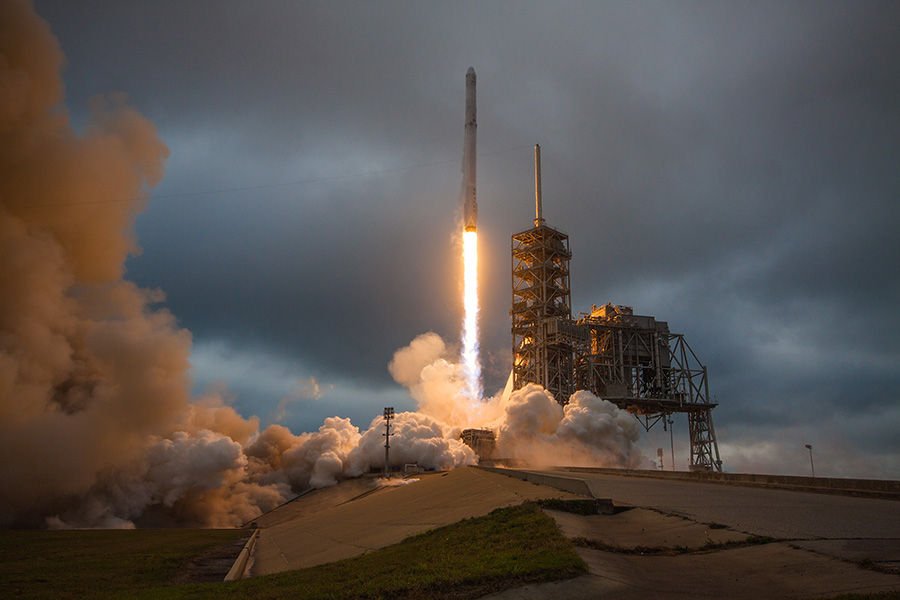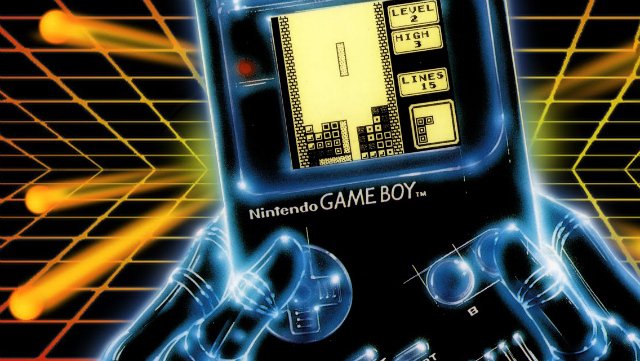Last week, SpaceX’s plan to launch a 4,425 satellite broadband internet service was given preliminary approval by the FCC. The constellation of satellites, first announced in 2014, will power a service called Starlink which will provide internet worldwide. Eventually, the system will expand to 12,000 satellites which will allow for customers to access a low-ping, high-speed data connection anywhere an antenna can be set up and pointed to the sky.
Portable gaming is far from dead, but it’s safe to say that besides Nintendo, most studios aren’t interested in offering full experiences on mobile. In fact, “mobile” has become somewhat of a bad word among gamers, bringing to mind the free-to-play, pay-to-win, shoddily constructed apps that makeup 95%+ of the Apple App Store and Google Play Store.
The Nintendo Switch has shown you can offer a full console game experience on a portable device, but there’s some major hurdles to overcome before playing-on-the-go is as reliable and easy as playing on a console or PC. One of these significant obstacles might be solved by the SpaceX Starlink system.
Online gaming is only growing in popularity as time goes on, but if you really want to game-on-the-go, you’re usually forced to be either rooted to Wi-Fi, or deal with asynchronous gameplay. Cellular signals aren’t reliable enough and don’t have low enough latency to play a game like PUBG or Fortnite while you’re actually moving. On the car, or on a bus you’re relegated mainly to playing single-player.

Starlink touts to deliver latency as low as 7 ms with enough bandwidth to rival a typical household’s wired connection. Unfortunately, you can’t connect a device directly to it. Starlink connections will use a terminal connected to a phased-array antenna which will track the nearest satellite. If you had a satellite dish in the late 1980s-early 1990s, the installation works on the same type of principal. As long as the antenna can keep line-of-sight with a Starlink satellite, you’ll have internet.
Fortunately, the boons from this system won’t require you to stick an antenna on your Switch and point it towards the sky. Instead, this will allow for a ton of wi-fi hotspots in places they otherwise wouldn’t be possible to install. Since this system doesn’t require a wired connection, anywhere, you can fit a terminal, antenna, and router becomes a brand new hotspot. These terminals and their antenna are likely small enough to be vehicle mounted as well, so there’s a chance that gaming while driving down the highway may be just as stable as it is when you’re sitting on your couch at home.
Microsoft has never dabbled in portable hardware, and the PlayStation Vita is in its death throes, but in the next few years we may see both companies scrambling to produce new handheld companions to their consoles. Nintendo is already way ahead of the competition in portable hardware, and it’s likely they’ll be the first to take advantage of the advantages Starlink brings. It’s likely too that mobile game makers will concentrate on more dynamic experiences when smartphone users can access high-speed unlimited data more frequently outside of their homes.
As SpaceX launches Starlink, game developers should be looking towards a more synergetic approach to game making. The big seller for games in the near-future may not be graphics, but how easy it is to play a game at home on a console and continue playing it on-the-go. Fortnite Mobile has already shown how popular the idea of being able to maintain progress across multiple devices is to players. In the future, cross-play and cross-platform progress may go from being a good idea to being essential features for gamers.







